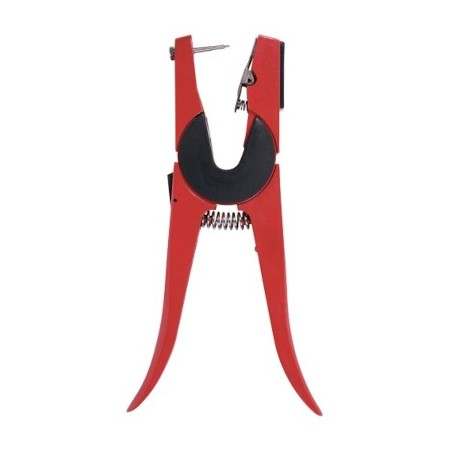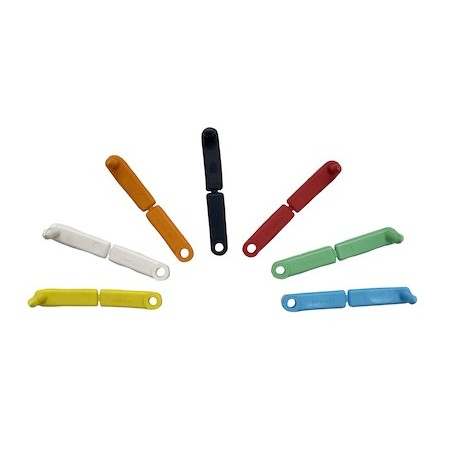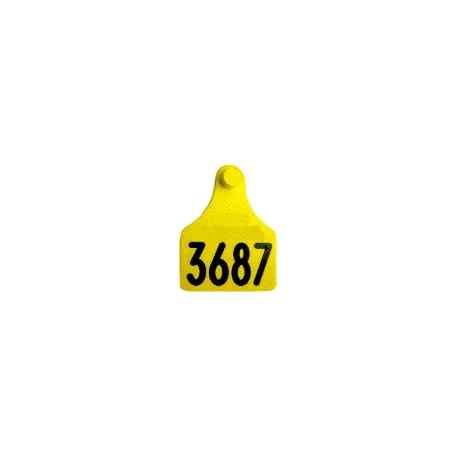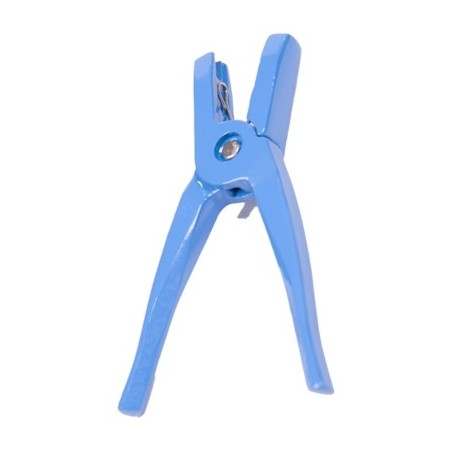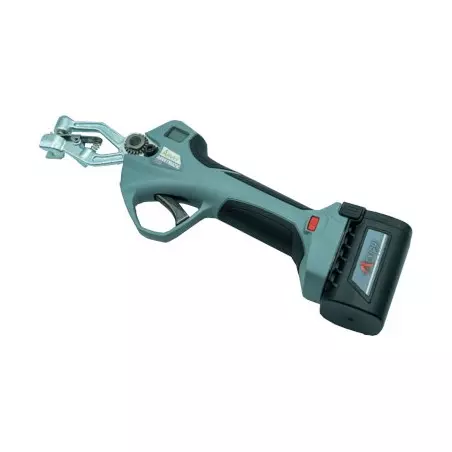Tagging piglets, whether it is a single batch from time to time or all batches with different colours, is a great way to detect flaws in your internal biosecurity. We tagged one batch of 1050 pigs born during one week in farrow-to-finish farm. The pigs were weaned at 4 weeks of age and tracked through 1st stage weaning (5wks), 2nd stage (4wks), and 3rd-finisher stage up to the abattoir.
The last pigs left in first stage were moved to second stage on week 13th of age, when all the tagged pigs were supposed to be in 3rd stage. Many tagged pigs were spread in several rooms of second stage that week (figure 1). The farmer was not conscious of this situation at all.


Figure 1. Map of the farm. The pens holding any tagged animal are shown in yellow.
The reasons why pigs were moved around included:
- Weaning the animals later than they were supposed to be weaned.
- Moving animals to the hospital and returning them back into the normal flow.
- Re-mixing groups to homogenize pig weights.
Three different flows were identified and are described in table 1:
- Pigs that followed the ‘normal flow’
- Pigs that were delayed on transfer by one week.
- Pigs that were delayed or ‘held back’ on several occasions (up to 8 times).
Table 1. Comparison of the evolution of pigs in each flow (matched per birth weight).
| Normal flow | Retained 1 week | Retained several times | |
| Average birth weight, kg | 1.22 | 1.22 | 1.21 |
| Birth weight variability, %CV | 23 | 23 | 24 |
| Average litter size | 13.4 | 13.7 | 13.3 |
| Average parity | 3.3 | 3.4 | 3.0 |
| Average body weight at weaning, kg | 7.2 | 5.2 | 5.9 |
| Weaning weight variability, %CV | 17 | 21 | 27 |
| Average carcass weight , kg | 87.9 | 85.7 | 79.3 |
| Carcass weight variability, %CV | 10 | 11 | 14 |
Pigs retained several times were from litters with lower average parity, had a lower carcass weight and higher condemnations due to pericarditis and milk spots (figure 2) than pigs in the normal flow.

Figure 2. Heart and liver condemnations for the different flows of pigs.
Whether these differences are the causes or consequences of pigs not following the normal flow requires further study. However these movements of animals clearly violate biosecurity practices and spread disease within the farm. Simple rules to follow are:
- Pigs should be handled only when necessary and from younger to older.
- Sick pigs should not be moved to other litters, pens or batches and once in the hospital, sick pigs should be kept separate.
- Pigs within a week batch should be moved forward together.





